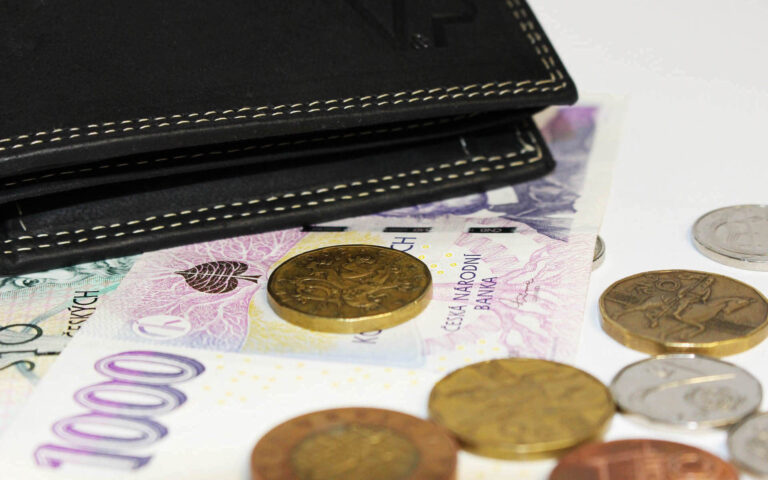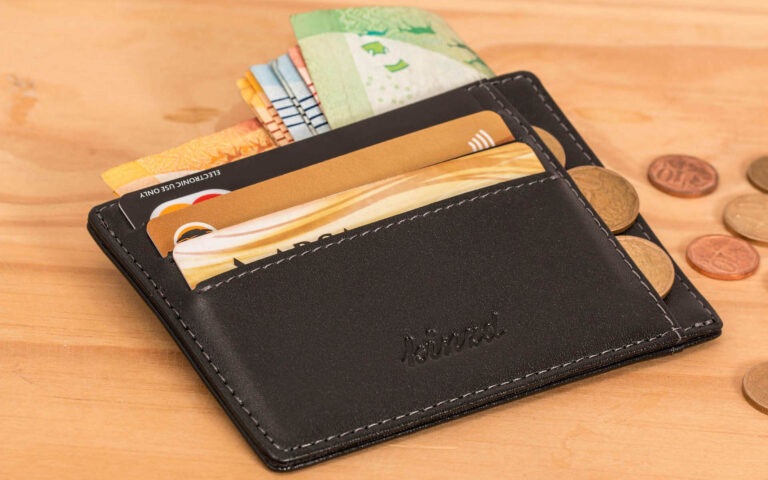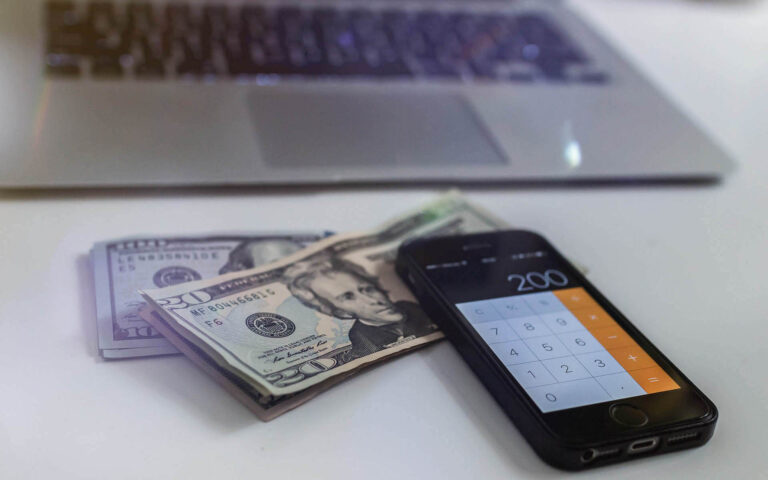1. परिचय
रिश्ते… ये शब्द सुनते ही हमारे मन में ढेर सारी भावनाएँ उमड़ आती हैं। क्या कभी आपने सोचा है कि रिश्तों का असल मतलब क्या होता है? क्यों हम इनसे इतनी भावनात्मक रूप से जुड़ जाते हैं? ये रिश्ते हमारे जीवन में क्या भूमिका निभाते हैं और क्यों हमें इनकी जरूरत होती है? आइए, इन सवालों के जवाब ढूंढ़ते हैं और समझते हैं कि “यह रिश्ता क्या कहलाता है”।

2. रिश्तों का महत्व
भावनात्मक जुड़ाव
रिश्ते हमारे जीवन का आधार होते हैं। ये हमें सुरक्षा, प्यार, और अपनापन प्रदान करते हैं। जब हम किसी के साथ एक मजबूत भावनात्मक जुड़ाव महसूस करते हैं, तो यह हमें आत्मविश्वास और मानसिक स्थिरता देता है।
सामाजिक संरचना
हमारे समाज में रिश्तों का विशेष महत्व है। परिवार, दोस्त, सहकर्मी, और पड़ोसी – ये सभी रिश्ते हमारी सामाजिक संरचना को मजबूत बनाते हैं। एक मजबूत सामाजिक नेटवर्क हमें जीवन की चुनौतियों का सामना करने में मदद करता है।
3. रिश्तों की विभिन्न प्रकार
पारिवारिक रिश्ते
परिवार हमारे जीवन का पहला और सबसे महत्वपूर्ण रिश्ता होता है। माता-पिता, भाई-बहन, और अन्य करीबी रिश्तेदार हमारे सबसे पहले और सबसे स्थायी साथी होते हैं। परिवार का प्यार और समर्थन हमारे जीवन को आधार देता है।
मित्रता
दोस्ती एक ऐसा रिश्ता है जिसे हम खुद चुनते हैं। सच्चे दोस्त हमारे जीवन में खुशियों और दुखों को बांटने के लिए होते हैं। दोस्ती का आधार विश्वास और आपसी समझ पर होता है।
रोमांटिक रिश्ते
रोमांटिक रिश्ते हमारे जीवन में खास महत्व रखते हैं। ये रिश्ते हमें गहरे स्तर पर जुड़ने और प्यार महसूस करने का मौका देते हैं। प्यार और रोमांस हमारे जीवन को रंगीन और खुशनुमा बनाते हैं।
रिश्तों में चुनौतियाँ
संचार की कमी
कई बार रिश्तों में संचार की कमी होती है जो गलतफहमियों को जन्म देती है। खुलकर बात करना और अपने भावनाओं को साझा करना रिश्तों को मजबूत बनाता है।
विश्वास की कमी
रिश्तों का आधार विश्वास होता है। अगर विश्वास में कमी आ जाए तो रिश्ता कमजोर पड़ जाता है। विश्वास को बनाए रखना और उसे कभी टूटने न देना बहुत महत्वपूर्ण है।
5. रिश्तों को मजबूत बनाने के उपाय
संचार
खुलकर बात करना और अपने विचारों और भावनाओं को साझा करना बहुत जरूरी है। एक अच्छा संचार रिश्तों को मजबूत बनाता है।
समय देना
रिश्तों को समय देना और उनके लिए समय निकालना बहुत जरूरी है। एक-दूसरे के साथ समय बिताने से रिश्तों में गहराई आती है।
सहानुभूति और समझ
दूसरे व्यक्ति के दृष्टिकोण को समझना और उनकी भावनाओं का सम्मान करना रिश्तों को मजबूत बनाता है। सहानुभूति और समझ से रिश्तों में मजबूती आती है।
6. निष्कर्ष
तो, “यह रिश्ता क्या कहलाता है”? रिश्ते हमारे जीवन का आधार होते हैं। ये हमें प्यार, सुरक्षा, और आत्मविश्वास प्रदान करते हैं। रिश्तों को मजबूत बनाने के लिए हमें संचार, विश्वास, और सहानुभूति को बनाए रखना चाहिए।
रिश्तों की असली परिभाषा तब समझ आती है जब हम उन्हें सच्चे मन से निभाते हैं और उनके महत्व को समझते हैं। रिश्ते हमें एक-दूसरे के करीब लाते हैं और हमारे जीवन को समृद्ध बनाते हैं।
तो आइए, हम सभी अपने रिश्तों को और भी मजबूत बनाएं और उन्हें सही मायने में समझें और निभाएं।
क्या आपने कभी सोचा है कि आप अपने रिश्तों को और कैसे मजबूत बना सकते हैं? आपके विचार क्या हैं? आइए, मिलकर अपने रिश्तों को और भी खास बनाएं।

FAQs: “यह रिश्ता क्या कहलाता है”
1. हमारे जीवन में रिश्तों का क्या महत्व है?
भावनात्मक समर्थन, प्यार और अपनेपन की भावना प्रदान करके रिश्ते हमारे जीवन में महत्वपूर्ण भूमिका निभाते हैं। वे हमारे मानसिक स्वास्थ्य में योगदान देते हैं और एक मजबूत सामाजिक संरचना बनाने में मदद करते हैं, जिससे हम आत्मविश्वास और स्थिरता के साथ जीवन की चुनौतियों का सामना कर पाते हैं।
2. रिश्तों के विभिन्न प्रकार क्या हैं?
रिश्तों को मोटे तौर पर निम्न श्रेणियों में वर्गीकृत किया जा सकता है:
- पारिवारिक संबंध: इनमें माता-पिता, भाई-बहन और अन्य रिश्तेदारों के साथ संबंध शामिल हैं, जो हमारे सामाजिक ढांचे की नींव बनाते हैं।
- दोस्ती: ये आपसी विश्वास और समझ के आधार पर चुने गए रिश्ते हैं, जो साथ और समर्थन प्रदान करते हैं।
- रोमांटिक रिश्ते: इनमें एक गहरा भावनात्मक और शारीरिक संबंध शामिल होता है, जो हमारे जीवन में प्यार और जुनून जोड़ता है।
3. रिश्तों को बनाए रखने में आम चुनौतियाँ क्या हैं?
रिश्तों में कुछ आम चुनौतियों में शामिल हैं:
- संचार की कमी: खराब संचार से गलतफहमी और संघर्ष हो सकते हैं।
- विश्वास के मुद्दे: विश्वास की कमी रिश्ते की नींव को कमजोर कर सकती है।
- समय प्रबंधन: एक साथ पर्याप्त गुणवत्तापूर्ण समय न बिताना रिश्ते को खराब कर सकता है।
4. हम अपने रिश्तों को कैसे मजबूत कर सकते हैं?
रिश्तों को मजबूत करने के लिए, कोई यह कर सकता है:
- खुले तौर पर संवाद करें: समझ बनाने के लिए विचारों और भावनाओं को ईमानदारी से साझा करें।
- विश्वास बनाएँ: विश्वसनीय और ईमानदार बनकर विश्वास बनाए रखें।
- गुणवत्तापूर्ण समय बिताएँ: बंधन को गहरा करने के लिए एक साथ समय बिताने को प्राथमिकता दें।
- सहानुभूति दिखाएँ: एक-दूसरे के दृष्टिकोण और भावनाओं को समझें और उनका सम्मान करें।
5. रिश्तों में सहानुभूति क्यों महत्वपूर्ण है?
सहानुभूति व्यक्तियों को दूसरों की भावनाओं को समझने और साझा करने की अनुमति देती है, जिससे गहरा संबंध और आपसी सम्मान बढ़ता है। यह संघर्षों को हल करने, विश्वास बनाने और एक सहायक वातावरण बनाने में मदद करता है, अंततः रिश्ते को मजबूत करता है।
















